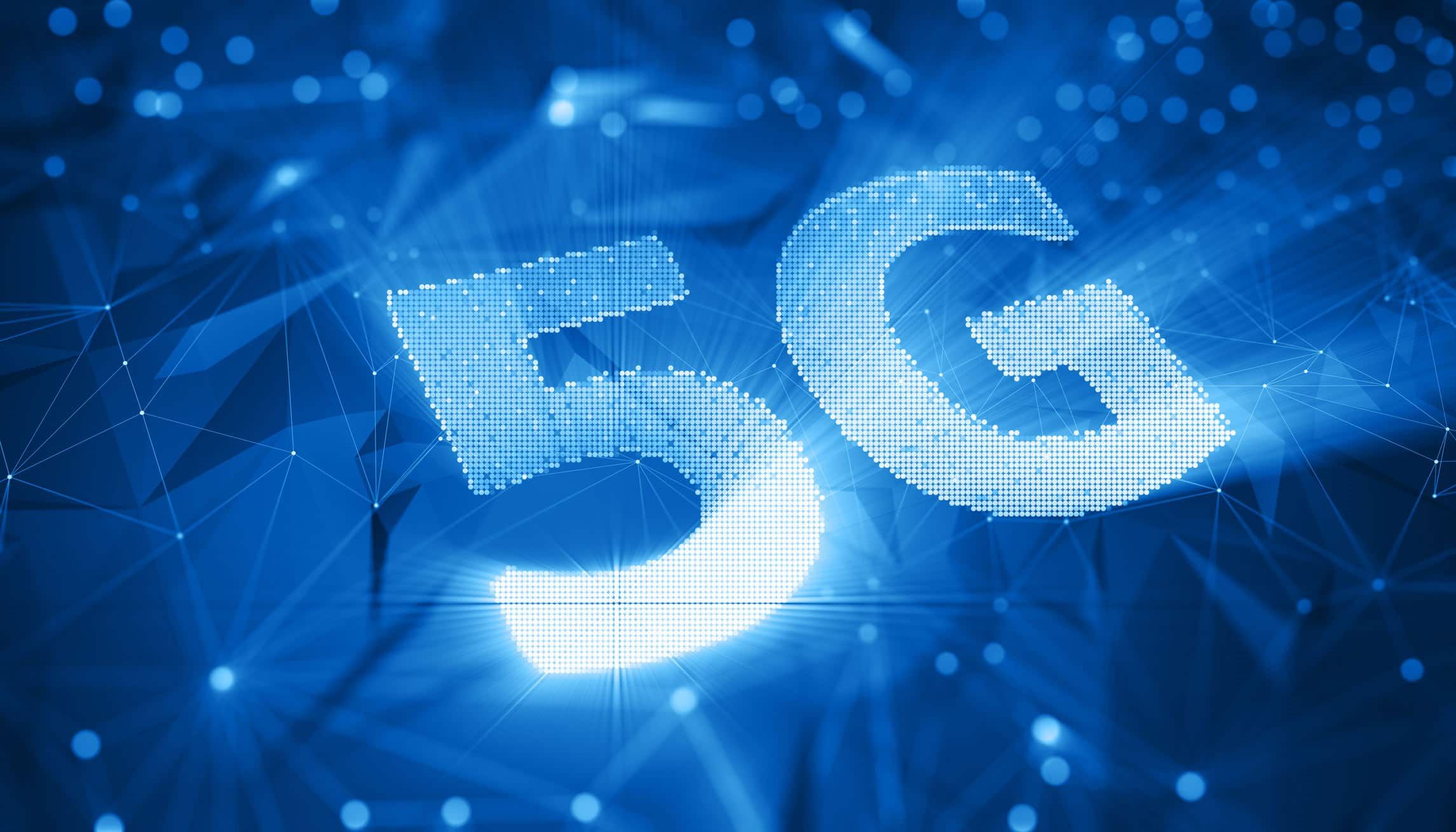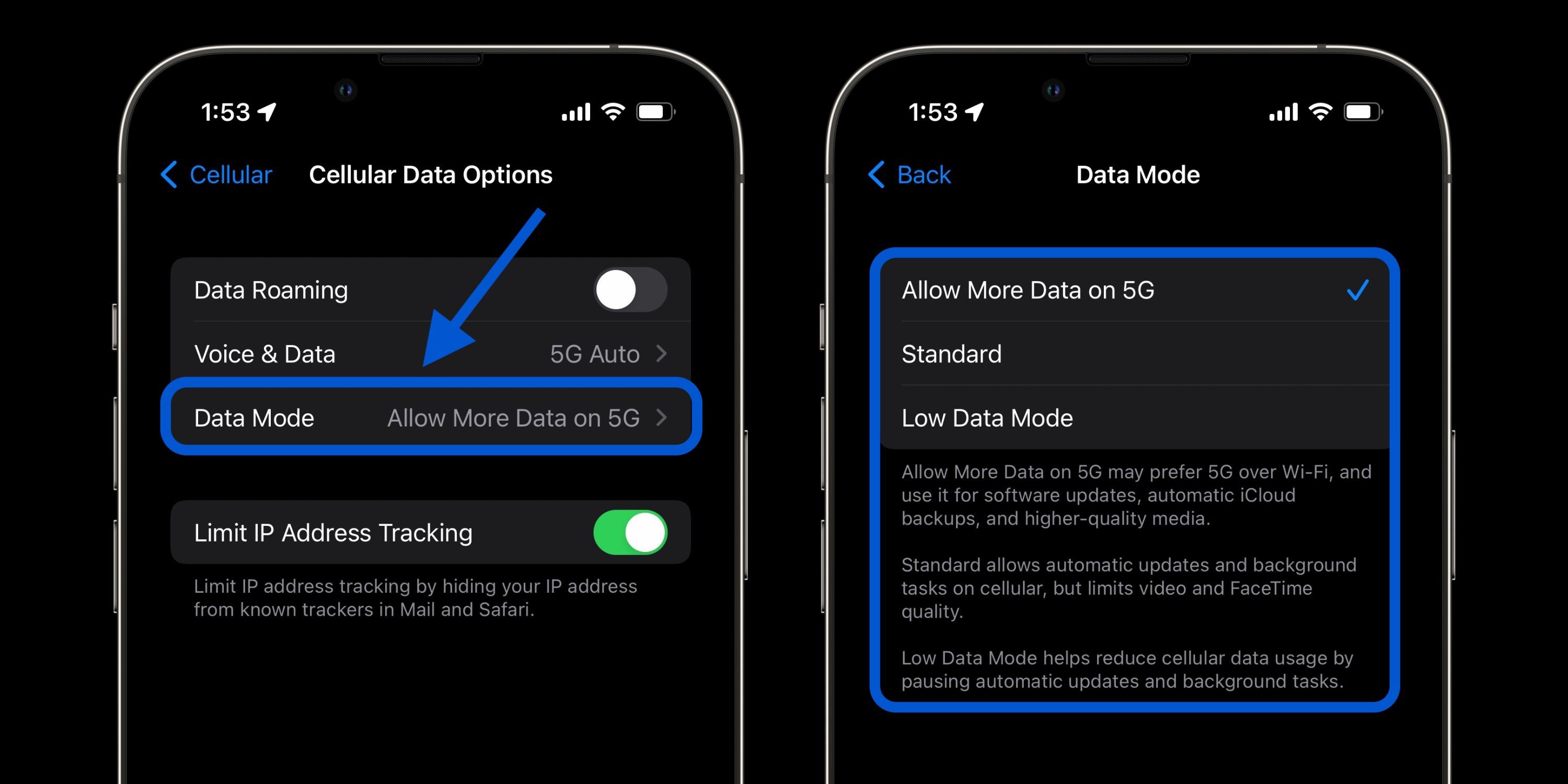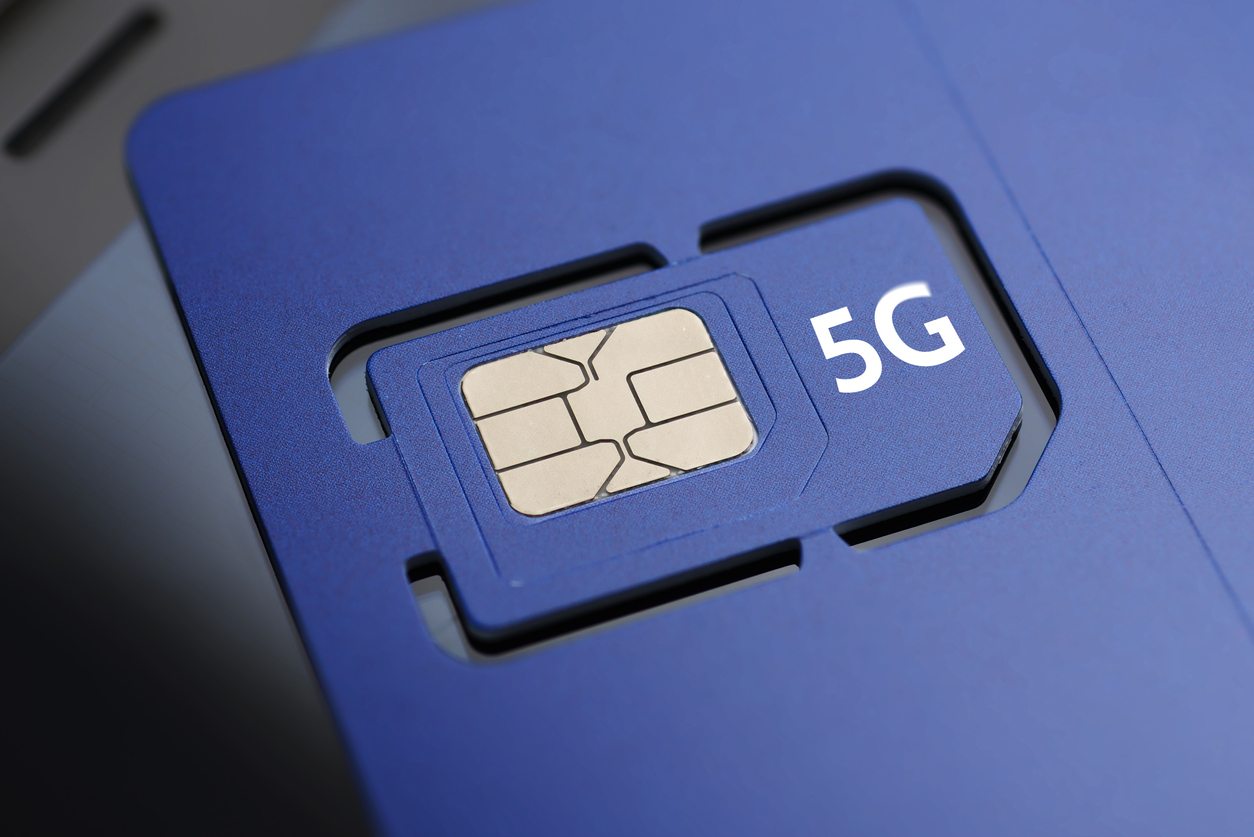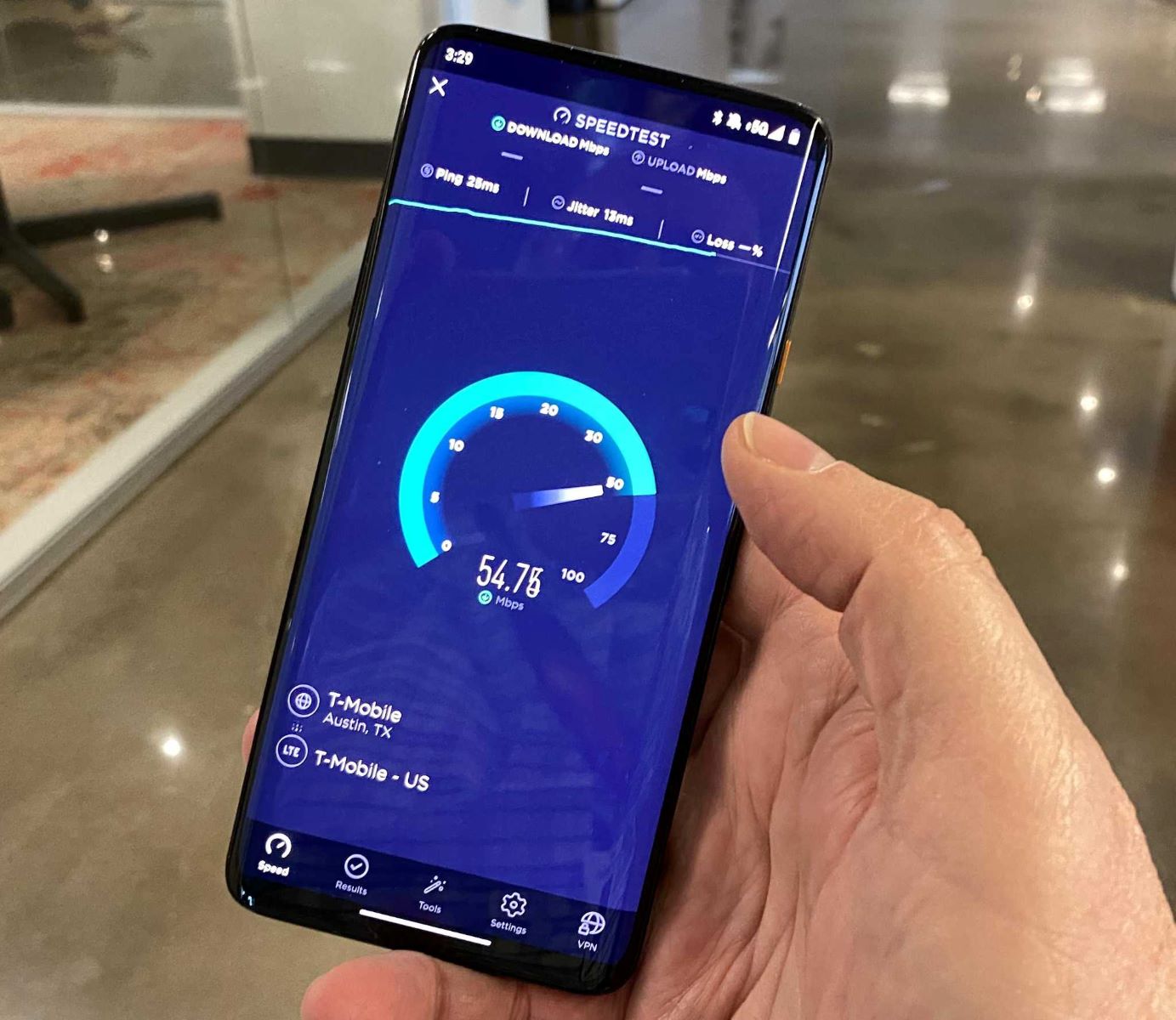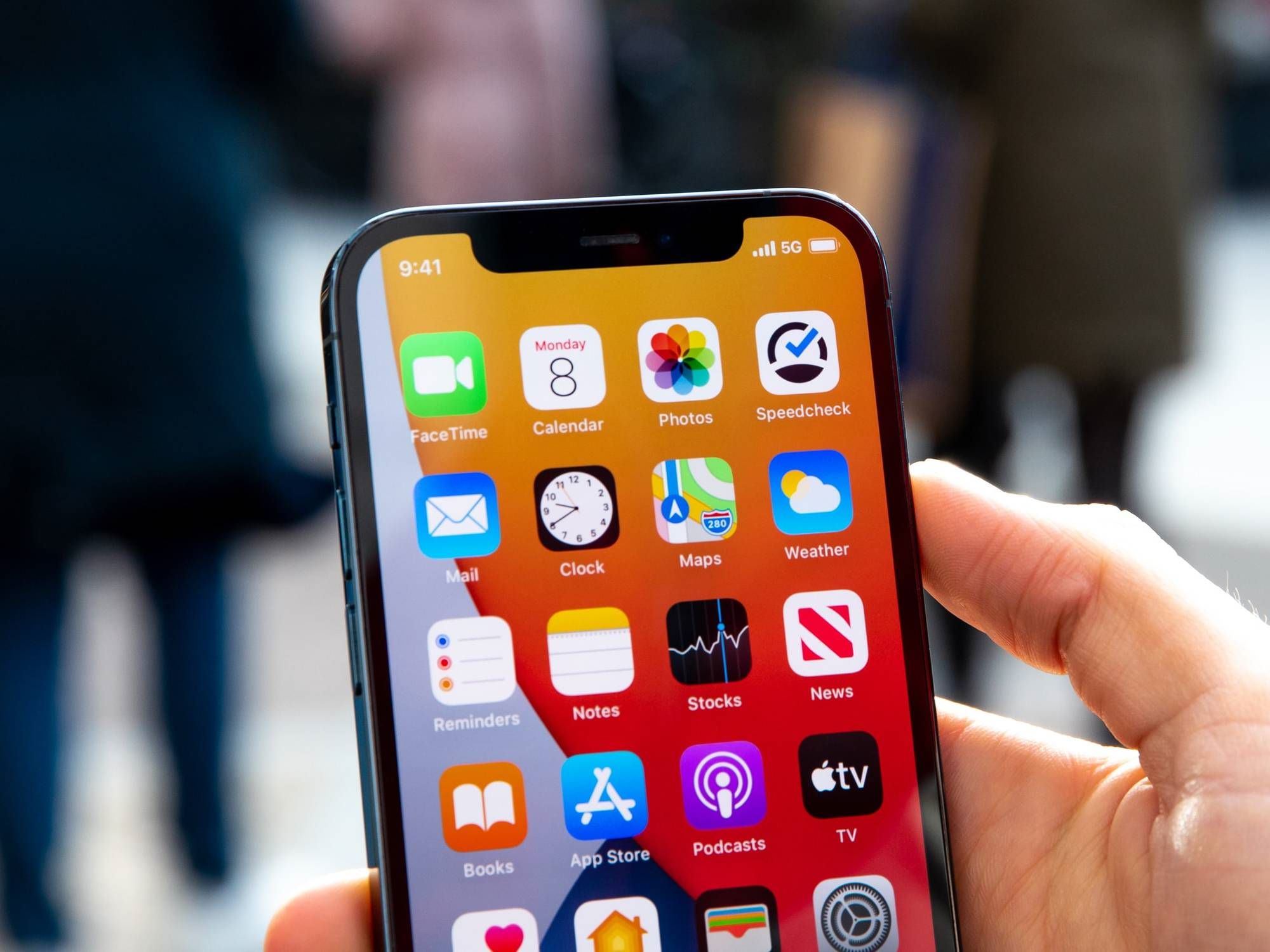Introduction
Welcome to the future of connectivity – the world of 5G network. With the rapid advancement of technology, 5G has emerged as the latest generation of wireless technology that promises faster speeds, lower latency, and enhanced capacity. It is set to revolutionize various industries, including telecommunications, healthcare, transportation, and much more. In this article, we will explore what 5G network is all about, its key features, benefits, use cases, challenges, and the implementation and rollout process.
5G, short for fifth generation, succeeds the previous generations of wireless networks – 2G, 3G, and 4G. It brings a significant upgrade in terms of speed and performance, enabling lightning-fast connectivity and unlocking new possibilities for businesses and consumers alike.
Unlike its predecessors, 5G operates on a much higher frequency band – including both sub-6 GHz and mmWave (millimeter wave) range – allowing it to transmit data at unprecedented speeds. This means faster download and upload speeds, seamless streaming, and reduced latency, making activities like streaming high-definition videos, using virtual reality applications, and gaming online a truly immersive and lag-free experience.
Furthermore, 5G network offers enhanced capacity, enabling it to handle a massive number of connected devices simultaneously. This is particularly crucial for the Internet of Things (IoT), where billions of devices are expected to be interconnected. With 5G, the Internet of Things will reach new heights, allowing for seamless integration and communication between devices, cities, and industries.
Another significant aspect of 5G network is its capability to support mission-critical applications and services. This means that sectors such as healthcare, transportation, and emergency services can benefit from ultra-reliable and low-latency connections, paving the way for advancements in telemedicine, autonomous vehicles, and real-time emergency response systems.
Overall, the advent of 5G network promises to reshape industries and transform the way we live, work, and communicate. With its incredible speed, low latency, high capacity, and support for mission-critical applications, 5G will unleash a new era of connectivity and innovation.
What is 5G Network?
5G network is the latest generation of wireless technology that aims to revolutionize the way we connect and communicate. It is designed to provide faster speeds, lower latency, enhanced capacity, and support for a wide range of applications and services. Unlike its predecessors, 5G operates on higher frequency bands, enabling it to transmit data at unprecedented speeds.
At its core, 5G network is all about speed. With download speeds up to 100 times faster than 4G, 5G opens up a world of possibilities for real-time applications, high-definition streaming, and seamless communication. Whether it’s downloading large files in seconds or streaming 4K videos without buffering, 5G delivers an unparalleled user experience.
One of the key features of 5G network is its low latency, which refers to the time it takes for data to travel from the source to the destination. In practical terms, this means faster response times, enabling real-time interactions between devices. With its ultra-low latency, 5G is poised to fuel advancements in autonomous vehicles, remote surgery, and Internet of Things (IoT) applications, where split-second decisions and actions are crucial.
Another defining characteristic of 5G is its enhanced capacity. As the number of connected devices continues to grow, 5G aims to handle the massive influx of data by providing a higher bandwidth and supporting a larger number of devices per square kilometer. This capacity expansion is critical for industries such as smart cities, industrial automation, and smart homes, where a multitude of devices and sensors need to seamlessly connect and communicate with each other.
Moreover, 5G network is designed to enable a wide range of use cases. From augmented reality and virtual reality applications to smart grids and connected healthcare devices, 5G opens up new avenues for innovation and technological advancements. It empowers businesses and industries to leverage the power of connectivity to create smart, efficient, and interconnected systems.
In summary, 5G network represents a significant leap forward in wireless technology. With its blazing-fast speeds, low latency, enhanced capacity, and support for various applications, it has the potential to transform industries and usher in a new era of connectivity. Whether it’s powering autonomous vehicles, enabling remote surgery, or connecting billions of IoT devices, 5G network promises to reshape the way we live, work, and interact.
Key Features of 5G Network
5G network introduces a set of key features that make it stand out from its predecessors. These features enable faster speeds, lower latency, higher capacity, and support for a wide range of applications. Let’s explore some of the key features of 5G:
- Higher speeds: One of the primary features of 5G network is its ability to deliver faster speeds compared to previous generations. With download speeds reaching up to 10 gigabits per second, 5G allows for lightning-fast downloads, seamless streaming, and lag-free experiences.
- Ultra-low latency: 5G network offers significantly lower latency compared to its predecessors. Latency refers to the time it takes for data to travel from the source to the destination. With ultra-low latency, as low as 1 millisecond, 5G enables real-time interactions and supports applications that require split-second responsiveness, such as autonomous vehicles, remote surgery, and augmented reality.
- Enhanced capacity: 5G is designed to handle a massive increase in the number of connected devices. By providing higher bandwidth and supporting a greater number of devices per square kilometer, 5G network can support the growing demand for connected devices in industries such as IoT, smart cities, and industrial automation.
- Network slicing: This feature allows network operators to divide the 5G network into multiple virtual networks, known as slices, each optimized for specific use cases or requirements. Network slicing enables tailored connectivity and services, ensuring that different industries and applications receive the necessary network resources and performance levels.
- Massive Machine-Type Communications (mMTC): 5G network is designed to support a massive number of low-power, low-bandwidth devices that make up the Internet of Things (IoT). From smart sensors to connected appliances, mMTC allows for efficient and seamless connectivity between billions of devices, enabling innovative IoT applications and services.
- Beamforming: In order to optimize signal strength and coverage, 5G network utilizes beamforming technology. This technique focuses the wireless signal in a specific direction, improving signal quality and reducing interference. Beamforming enables efficient data transmission and enhances network performance.
These key features make 5G network a game-changer in the world of connectivity. With faster speeds, lower latency, enhanced capacity, network slicing, mMTC support, and beamforming, 5G enables a wide range of applications and services, paving the way for unprecedented innovation, productivity, and connectivity.
Benefits of 5G Network
5G network brings a plethora of benefits that have the potential to transform industries and revolutionize the way we live, work, and communicate. Let’s delve into some of the key benefits of 5G:
- Enhanced Connectivity: With faster speeds and lower latency, 5G network provides seamless and uninterrupted connectivity. Whether it’s downloading large files, streaming high-definition videos, or conducting video conferences, 5G offers a superior user experience with minimal lag and buffering.
- Improved User Experience: The high speeds and low latency of 5G network enhance the overall user experience. Activities like streaming ultra-high-definition content, multiplayer gaming, and real-time video collaboration become smooth and immersive, bringing entertainment and productivity to new levels.
- Empowering the Internet of Things (IoT): 5G network is designed to support the massive influx of connected devices in the IoT ecosystem. With its high capacity and ability to handle a vast number of low-power, low-bandwidth IoT devices, 5G enables seamless integration and communication between various devices, paving the way for innovative applications and services in sectors such as smart cities, healthcare, and industrial automation.
- Support for Mission-Critical Applications: 5G network provides ultra-reliable and low-latency connections, making it suitable for mission-critical applications and services. This is particularly beneficial in sectors such as healthcare, transportation, and emergency services, where split-second decisions and real-time communication can be a matter of life and death.
- Enabling Innovative Technologies: The high speeds and low latency of 5G network unlock the potential of emerging technologies such as augmented reality (AR), virtual reality (VR), and autonomous vehicles. With 5G, AR and VR applications become more immersive, while autonomous vehicles can communicate with each other and infrastructure in real-time, improving safety and efficiency.
- Driving Economic Growth: 5G network is expected to drive economic growth by enabling new business models, creating job opportunities, and fostering innovation. Industries can leverage the power of 5G to improve productivity, optimize operations, and develop new products and services, ultimately contributing to economic development.
These benefits highlight the transformative potential of 5G network across various sectors. From improved connectivity and user experience to empowering the IoT, supporting mission-critical applications, enabling innovative technologies, and driving economic growth, 5G network promises to reshape industries and propel us into a more connected and technologically advanced future.
Use Cases of 5G Network
5G network opens up a wide range of use cases across various industries, revolutionizing the way businesses operate and individuals interact with technology. Let’s explore some of the key use cases of 5G:
- Smart Cities: 5G network enables the development of smart cities by providing seamless connectivity between various components of urban infrastructure. From smart traffic management systems and intelligent street lighting to smart parking solutions and real-time environmental monitoring, 5G plays a crucial role in creating sustainable, efficient, and connected cities.
- Healthcare: 5G network has the potential to transform the healthcare industry by supporting remote patient monitoring, telemedicine, and real-time health data analysis. With its ultra-reliable connections and low-latency communication, 5G facilitates remote surgeries, enables healthcare professionals to collaborate in real-time, and improves access to healthcare in remote areas.
- Industrial Automation: 5G network empowers industrial automation by enabling real-time communication between machines and systems. With its high capacity and low latency, 5G facilitates machine-to-machine (M2M) communication and supports connected factories, predictive maintenance, and autonomous robotics, improving productivity and efficiency in manufacturing processes.
- Autonomous Vehicles: 5G network plays a crucial role in enabling autonomous vehicles to communicate and navigate efficiently. With its low latency and high reliability, 5G enables vehicles to exchange information in real-time, increasing safety and efficiency on the roads. From self-driving cars to smart transportation systems, 5G enhances the future of mobility.
- Virtual and Augmented Reality: 5G network provides the high speeds and low latency required for immersive virtual and augmented reality experiences. From virtual meetings and online gaming to training simulations and remote collaboration, 5G enhances the capabilities of VR and AR technologies, offering a more realistic and interactive user experience.
- Internet of Things (IoT) Applications: 5G network empowers the IoT by supporting a vast number of connected devices and enabling seamless communication between them. From smart homes and wearable devices to industrial IoT applications, 5G enhances the connectivity, efficiency, and intelligence of IoT systems, leading to increased automation and improved quality of life.
These use cases demonstrate the versatility and transformative potential of 5G network. From smart cities and healthcare to industrial automation, autonomous vehicles, virtual and augmented reality, and IoT applications, 5G network revolutionizes industries and empowers businesses and individuals to embrace the possibilities of a connected and technologically advanced future.
Challenges and Concerns with 5G Network
While 5G network holds immense potential, there are several challenges and concerns that need to be addressed for its successful implementation. Let’s explore some of the key challenges and concerns with 5G:
- Infrastructure Upgrades: Implementing 5G network requires significant infrastructure upgrades, including the installation of new base stations and antennas. The deployment of these infrastructure components and the necessary regulatory approvals pose challenges in terms of cost, time, and coordination.
- Frequency Range: 5G operates on higher frequency bands, including mmWave spectrum. While mmWave offers higher speeds and capacity, it has limitations in terms of range and signal propagation, requiring a denser network of small cells for optimal coverage. Overcoming these challenges and ensuring reliable connectivity throughout urban and rural areas is a concern.
- Interference and Signal Blockage: The high-frequency signals used in 5G are more prone to interference, especially from obstacles like buildings and trees. This could lead to potential signal blockage and degradation of network performance if not carefully managed and optimized.
- Data Security and Privacy: With the increased connectivity and data exchange facilitated by 5G, ensuring robust data security and privacy becomes paramount. The larger attack surface and potential vulnerabilities in an expanded network pose challenges in safeguarding sensitive information and protecting against cyber threats.
- Regulatory and Spectrum Allocation: The efficient allocation of spectrum for 5G networks and the establishment of regulatory frameworks are crucial for the successful deployment and operation of 5G. Balancing the needs of various stakeholders and ensuring fair competition while maintaining quality of service and preventing interference can be a complex task.
- Affordability and Accessibility: 5G technology and its associated devices can be expensive, potentially creating a barrier to adoption for individuals and businesses, particularly in developing regions. Ensuring affordable access to 5G and bridging the digital divide are important considerations to avoid creating a technology gap.
Addressing these challenges and concerns requires collaboration between network operators, governments, regulatory bodies, and technology providers. Overcoming infrastructure hurdles, optimizing network performance and coverage, enhancing data security and privacy measures, and ensuring accessibility and affordability are essential for the successful and widespread adoption of 5G network.
5G Network Implementation and Rollout
The implementation and rollout of 5G network involves a complex and multi-faceted process that requires collaboration between telecommunications companies, regulatory bodies, technology providers, and various stakeholders. Let’s explore the key aspects of 5G network implementation and rollout:
Infrastructure Deployment: Implementing 5G requires upgrading the existing telecommunications infrastructure and deploying new infrastructure components. This includes installing new base stations, small cells, antennas, and fiber optic cables to support the high-frequency bands used by 5G. The infrastructure deployment needs to be carefully planned and executed to ensure optimal coverage, capacity, and connectivity.
Spectrum Allocation: Spectrum allocation is a critical step in the rollout of 5G network. Governments and regulatory bodies allocate the necessary frequency bands for 5G operations. This involves spectrum auctions or assigning specific bands for telecommunications operators to use. Ensuring efficient spectrum allocation and managing interference between different operators are important considerations for successful 5G deployment.
Network Optimization and Testing: Once the infrastructure is in place, rigorous testing and optimization are performed to ensure the network meets the required performance standards. This includes testing for signal strength, coverage, and reliability, as well as optimizing the network for optimal performance and minimizing interference. Network operators also work closely with equipment manufacturers to fine-tune the network for the best possible user experience.
Regulatory Compliance: 5G network implementation involves compliance with regulatory requirements and standards. Network operators must ensure compliance with data protection and privacy regulations, along with adhering to established guidelines for network security. Planning and executing 5G rollout while remaining compliant with regulatory frameworks is crucial for maintaining public trust and user confidence.
Public Awareness and Education: As 5G network becomes more widely available, public awareness and education are vital. Informing the public about the potential benefits, use cases, and safety measures of 5G can help address concerns and ensure smooth adoption. Providing clear and transparent communication about the technology and its impact is essential for fostering acceptance and leveraging the full potential of 5G.
Global Collaboration: The successful implementation and rollout of 5G network require global collaboration. Governments, network operators, technology providers, and standardization organizations work together to share best practices, align technical specifications, and address interoperability challenges. Collaboration and standardization efforts ensure seamless integration of 5G networks across borders and facilitate global connectivity.
The implementation and rollout of 5G network is an ongoing process that evolves with technological advancements and market demand. Optimal planning, efficient infrastructure deployment, spectrum management, network optimization, regulatory compliance, public awareness, and global collaboration are crucial factors in the successful implementation and widespread adoption of 5G network.
Conclusion
5G network represents the next generation of wireless technology, poised to transform the way we connect, communicate, and interact with technology. With its faster speeds, lower latency, enhanced capacity, and support for a wide range of applications, 5G network holds immense potential for industries, businesses, and individuals alike.
From smart cities and healthcare to industrial automation, autonomous vehicles, virtual and augmented reality, and the Internet of Things (IoT), 5G network opens up new possibilities and use cases that were previously unimaginable. It empowers businesses to innovate, increase efficiency, and create new revenue streams, while individuals enjoy seamless connectivity, enhanced user experiences, and a future filled with advancements and convenience.
However, the implementation and rollout of 5G network come with their fair share of challenges and concerns. Infrastructure upgrades, spectrum allocation, regulatory compliance, data security, and accessibility are some of the issues that need to be addressed for the successful deployment of 5G. Collaboration between stakeholders, careful planning, and adherence to regulatory guidelines are essential for the smooth transition to 5G.
Despite these challenges, the benefits of 5G network are undeniable. It promises to usher in a new era of connectivity, enabling real-time interactions, supporting mission-critical applications, and driving economic growth. With the potential to transform industries, enhance the quality of life, and propel us into a more connected and technologically advanced future, 5G network represents a significant milestone in the evolution of wireless technology.
As we embrace the power of 5G, it’s important to ensure inclusive deployment, transparent communication, and adherence to ethical practices. By working together, we can harness the full potential of 5G network and create a world where connectivity knows no boundaries.







